Creating a Wildlife Friendly Garden: A Guide to Biodiversity at Home
Welcome to our comprehensive guide on creating a wildlife friendly garden! In today’s world, where urbanization and habitat destruction are rapidly reducing natural spaces, it has become more important than ever to create havens for wildlife in our own backyards. By making a few simple changes to your garden, you can provide a safe and welcoming environment for a diverse range of species.
The Importance of Biodiversity
Biodiversity refers to the variety of plant and animal species found in a particular ecosystem. A biodiverse garden not only enhances the beauty of your outdoor space but also plays a crucial role in supporting the delicate balance of our planet’s ecosystems. By attracting birds, butterflies, bees, and other beneficial insects, you can create a self-sustaining ecosystem that promotes pollination, natural pest control, and overall ecological resilience.
Designing a Wildlife Friendly Garden
Creating a wildlife friendly garden involves incorporating elements that provide food, water, shelter, and nesting sites for various species. This guide will walk you through the steps of designing your garden to maximize biodiversity. From selecting native plants and creating diverse habitats to implementing water features and minimizing chemical usage, we will cover all the essential components needed to transform your garden into a thriving wildlife sanctuary.
Benefits of a Wildlife Friendly Garden
- Supports local ecosystems and helps conserve biodiversity
- Attracts beneficial insects and pollinators
- Provides a safe habitat for birds, butterflies, and other wildlife
- Reduces the need for chemical pesticides
- Enhances the beauty and tranquility of your outdoor space
So let’s get started on this rewarding journey of creating a wildlife friendly garden that not only benefits the environment but also brings joy and wonder to your everyday life!
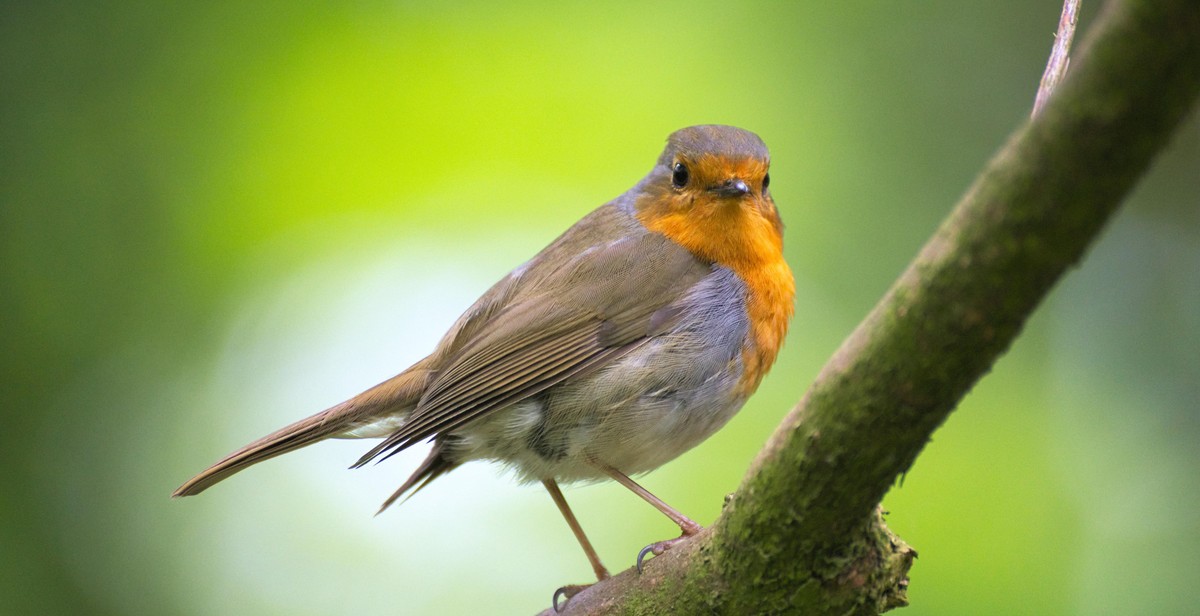
Why Create a Wildlife Friendly Garden?
Creating a wildlife friendly garden is not only beneficial for the environment, but it also brings numerous advantages to your own backyard. By designing your garden to support biodiversity, you can contribute to the preservation of local wildlife species and create a beautiful and thriving ecosystem right at your doorstep.
1. Conservation of Native Species
Native plants and animals play a crucial role in maintaining the delicate balance of ecosystems. By incorporating native plants into your garden, you provide essential habitats and food sources for local wildlife. This, in turn, helps to conserve and protect endangered or threatened species that may be struggling due to habitat loss.
2. Pollinator Support
Pollinators, such as bees, butterflies, and birds, are vital for the reproduction of many plants. By creating a wildlife friendly garden, you provide a welcoming environment for these important creatures. Native flowering plants, especially those with vibrant colors and sweet nectar, attract pollinators and ensure the continued pollination of both your garden and surrounding areas.
3. Pest Control
Introducing a diverse range of wildlife to your garden can help naturally control pests. For example, birds feed on insects, while frogs and toads consume slugs and snails. By encouraging the presence of these natural predators, you can reduce the need for harmful pesticides, making your garden safer for both wildlife and humans.
4. Educational Opportunities
A wildlife friendly garden offers endless opportunities for learning and discovery. Whether you have children or simply enjoy expanding your knowledge, observing the interactions between different species can be a fascinating and educational experience. It provides an opportunity to teach others about the importance of biodiversity and the role each creature plays in the ecosystem.
5. Aesthetically Pleasing
Creating a wildlife friendly garden does not mean sacrificing beauty. In fact, it can enhance the visual appeal of your outdoor space. Native plants often have unique and striking features that can add color and texture to your garden. Additionally, the presence of wildlife, such as butterflies and birds, can bring life and movement to your landscape.
6. Stress Relief and Well-being
Spending time in a wildlife friendly garden has been proven to have positive effects on mental health and well-being. Being surrounded by nature, listening to birdsong, and observing the beauty of wildlife can reduce stress, improve mood, and promote relaxation. Creating a peaceful sanctuary in your own backyard can provide a much-needed retreat from the demands of daily life.
By creating a wildlife friendly garden, you contribute to the conservation of native species, support essential pollinators, naturally control pests, provide educational opportunities, enhance the aesthetics of your outdoor space, and promote personal well-being. It’s a win-win situation for both you and the environment.
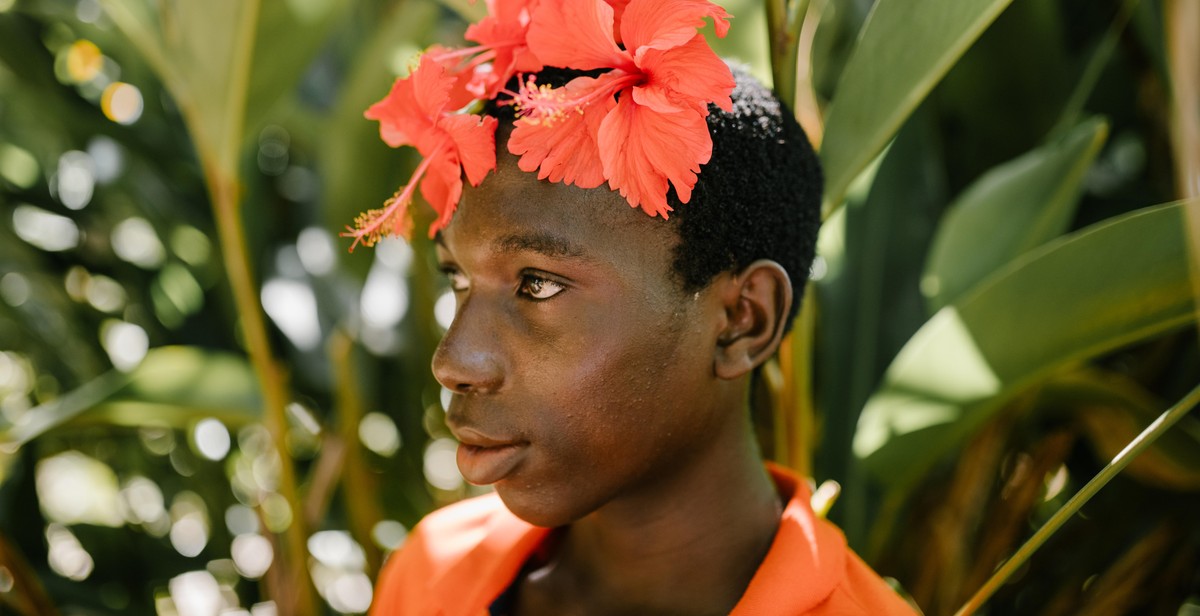
Choosing Native Plants
When it comes to creating a wildlife-friendly garden, choosing native plants is one of the most important steps you can take. Native plants are those that naturally occur in a particular region, and they have evolved over time to thrive in that specific environment. By incorporating native plants into your garden, you can provide a habitat that supports local wildlife and enhances biodiversity. Here are some benefits of choosing native plants:
1. Adaptability
Native plants are well-suited to the local climate, soil conditions, and pest and disease pressures. They have developed natural defenses and adaptations that help them survive and thrive in their native habitats. This means that once established, native plants require less water, fertilizer, and maintenance compared to non-native species.
2. Wildlife Habitat
Native plants provide essential food, shelter, and nesting sites for local wildlife. They have co-evolved with native insects, birds, and other animals, forming intricate ecological relationships. By planting native species, you can attract a wide variety of pollinators, including bees, butterflies, and hummingbirds, which are crucial for the reproduction of many plants.
3. Biodiversity Conservation
Native plants play a vital role in preserving biodiversity. They support a diverse array of species, including rare and endangered ones, by providing the necessary resources for their survival. By cultivating native plants in your garden, you can contribute to the conservation of local ecosystems and help protect the natural heritage of your region.
Researching Native Plants
Before selecting native plants for your garden, it is important to conduct some research to ensure you choose the right species for your specific location and purpose. Here are some steps to guide you in your research:
1. Local Native Plant Guides
Consult local native plant guides or resources provided by your state’s native plant society, botanical gardens, or nature conservation organizations. These guides typically list native plants suitable for your area, along with their characteristics, preferred growing conditions, and wildlife benefits.
2. Consider Site Conditions
Assess the conditions of your garden, such as sunlight exposure, soil type, and moisture levels. Native plants are adapted to specific conditions, so selecting species that are well-suited to your site will increase their chances of success.
3. Garden Goals
Determine your garden goals and what you hope to achieve with the native plants. Are you looking to attract specific wildlife, create a pollinator-friendly garden, or restore a particular habitat? Understanding your objectives will help you choose the most appropriate native species.
4. Plant Diversity
Strive for plant diversity by selecting a variety of native species that bloom at different times of the year. This will provide a continuous food source for pollinators and other wildlife throughout the seasons.
By carefully choosing native plants for your garden and conducting thorough research, you can create an ecosystem that supports local wildlife, enhances biodiversity, and contributes to the overall health and beauty of your surroundings.
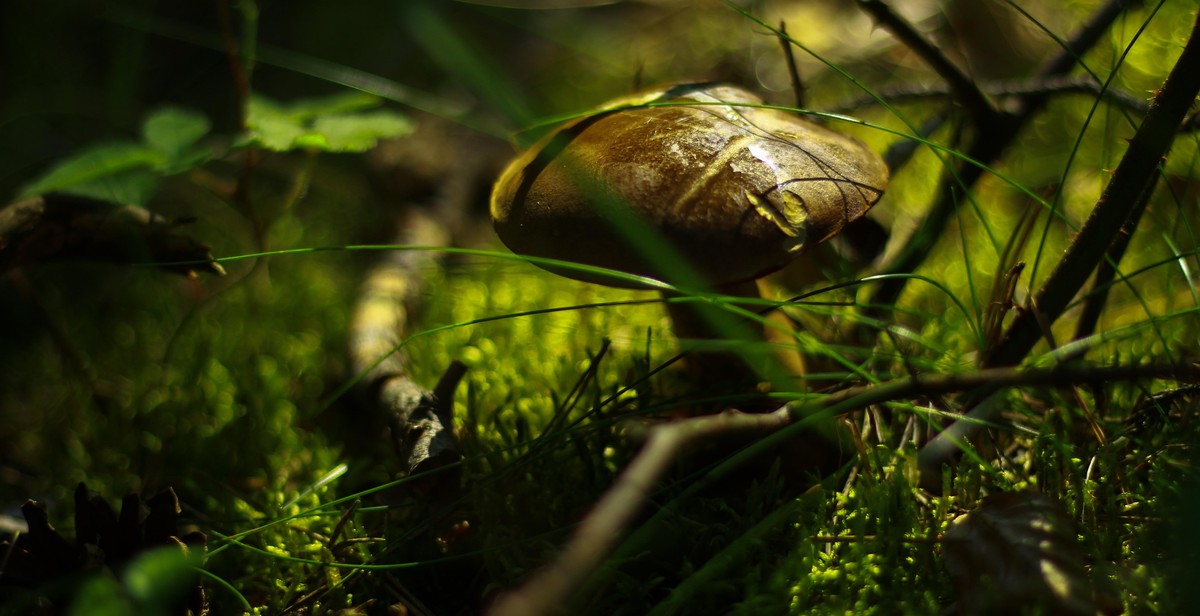
Providing Food Sources
In order to attract and support a diverse range of wildlife in your garden, it is important to provide them with ample food sources. By planting trees and shrubs, installing bird feeders, and creating a butterfly garden, you can ensure that various species have access to the nourishment they need to thrive.
Planting Trees and Shrubs
One of the most effective ways to provide food for wildlife is by planting trees and shrubs that produce fruits, nuts, or seeds. These natural food sources are not only nutritious but also attract a wide array of birds, squirrels, and other small mammals.
Consider planting fruit-bearing trees such as apple, cherry, or plum trees. These trees not only provide food but also offer shelter and nesting sites for birds. Additionally, shrubs like elderberry or dogwood produce berries that are loved by many bird species.
When selecting trees and shrubs, opt for native species whenever possible. Native plants have co-evolved with local wildlife and are more likely to provide the necessary food sources and habitat for your region’s animals.
Installing Bird Feeders
Bird feeders are a simple and effective way to attract a variety of bird species to your garden. By providing a consistent source of seeds, you can help sustain local bird populations throughout the year, especially during colder months when natural food sources may be scarce.
Choose a bird feeder that suits the species you wish to attract. Tube feeders are ideal for small songbirds, while platform feeders are better suited for larger birds like cardinals or jays. Make sure to regularly clean and refill the feeders to prevent the spread of diseases.
Offer a variety of bird-friendly seeds, such as sunflower seeds, millet, or nyjer seeds. Different bird species have different dietary preferences, so providing a diverse selection of seeds will attract a greater range of birds to your garden.
Creating a Butterfly Garden
Butterflies are not only beautiful to observe but also play a crucial role in pollination. By creating a butterfly garden, you can provide these delicate creatures with food sources throughout their lifecycle.
Start by planting nectar-rich flowers that attract adult butterflies. Some popular choices include lavender, zinnias, coneflowers, and butterfly bushes. These flowers provide the necessary energy for butterflies to survive and reproduce.
Additionally, include host plants in your garden. These are specific plants that serve as food sources for butterfly caterpillars. For example, milkweed is the primary food source for monarch butterfly caterpillars. By including host plants, you can support the entire lifecycle of butterflies in your garden.
Remember to avoid using pesticides in your butterfly garden, as they can harm both butterflies and their food sources. Embrace natural methods of pest control or opt for organic alternatives.
By incorporating these strategies into your garden, you can create a wildlife-friendly environment that provides abundant food sources for various species. Not only will you enjoy the beauty of nature right at your doorstep, but you will also contribute to the conservation of local biodiversity.
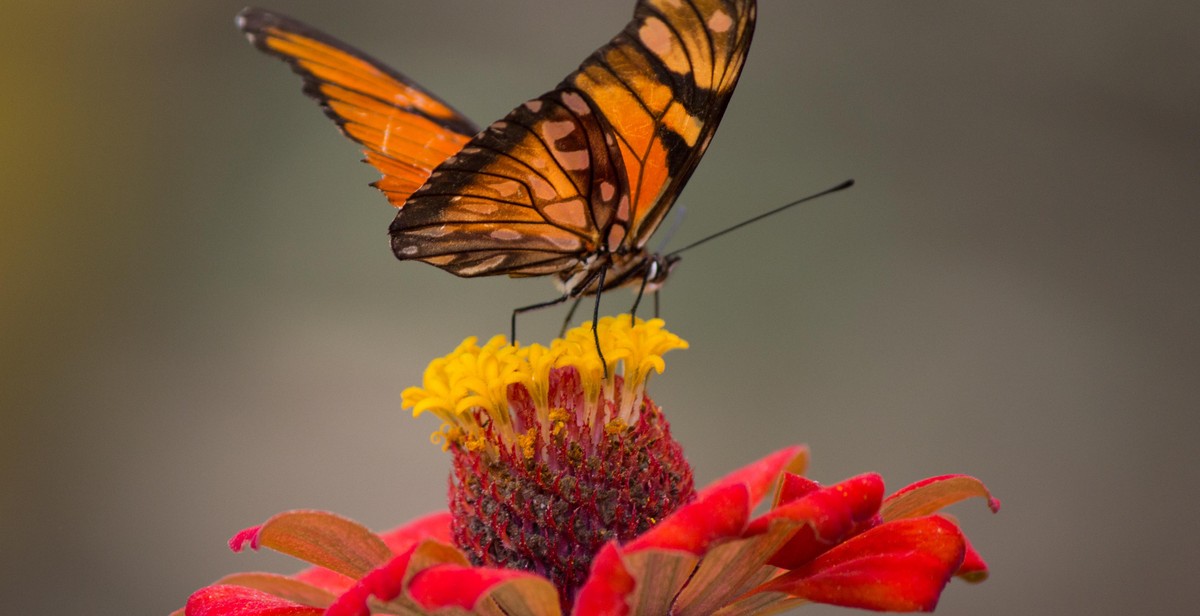
Creating Shelter and Nesting Sites
Providing suitable shelter and nesting sites is crucial for attracting and supporting a diverse range of wildlife in your garden. By incorporating elements such as dense vegetation, birdhouses, and brush piles, you can create an inviting habitat that encourages various species to make your garden their home.
Planting Dense Vegetation
One effective way to create shelter for wildlife is by planting dense vegetation. Dense shrubs, bushes, and trees provide excellent cover and nesting opportunities for birds, small mammals, and insects. When selecting plants, consider native species that are well-adapted to your region as they are more likely to attract local wildlife.
Planting a variety of vegetation with different heights and structures will provide a diverse range of habitats. This will attract a wider array of wildlife species and support a healthier ecosystem. Additionally, consider planting evergreen species to ensure year-round shelter and protection.
Building Birdhouses
Installing birdhouses is a fantastic way to attract birds to your garden and provide them with safe nesting sites. Different bird species have specific requirements for the size and design of their nesting boxes, so it’s essential to research the needs of the birds in your area before building or purchasing birdhouses.
Place the birdhouses in quiet areas of your garden, away from high human activity. Make sure they are securely mounted on poles or hung from trees at an appropriate height to protect the nests from predators. Providing nesting material nearby, such as twigs, leaves, and grass, can further entice birds to make use of the birdhouses.
Adding Brush Piles
Brush piles are simple structures made by stacking branches, twigs, and logs in a designated area of your garden. These piles create hiding spots and shelter for various wildlife, including small mammals, amphibians, reptiles, and insects.
When creating a brush pile, ensure it is stable and well-ventilated to prevent it from becoming a breeding ground for pests. Place it in a quiet corner of your garden, ideally against a fence or wall, and allow it to naturally blend into the surrounding landscape. Over time, the decomposing brush will provide a valuable food source for insects and other decomposers.
Regularly monitor the brush pile to ensure it remains safe and undisturbed. Avoid using treated wood or materials that may be harmful to wildlife.

Providing Water Sources
Water is essential for all living creatures, including wildlife. By incorporating water sources into your garden, you can create a welcoming habitat for various species and enhance biodiversity. Here are two effective ways to provide water for wildlife:
1. Installing a Birdbath
A birdbath is a simple and popular option for attracting birds to your garden. Follow these steps to install a birdbath:
- Choose the right location: Place the birdbath in a shaded area, away from direct sunlight, to prevent the water from heating up too quickly. Birds prefer shallow water, so ensure the depth of the birdbath is no more than 2-3 inches.
- Keep it clean: Regularly clean the birdbath to prevent the growth of algae and the spread of diseases. Empty and refill it with fresh water every few days to maintain its cleanliness.
- Add rocks or pebbles: Place some rocks or pebbles in the birdbath to provide birds with perching spots. This will make them feel more secure while drinking or bathing.
2. Creating a Pond or Water Feature
A pond or water feature not only provides water for wildlife but also serves as an attractive focal point in your garden. Follow these guidelines to create a pond or water feature:
- Location and size: Choose a suitable location for your pond, ensuring it receives a mix of sunlight and shade throughout the day. Determine the size of the pond based on the available space and consider the needs of the wildlife you wish to attract.
- Design and construction: Research different pond designs and choose one that suits your preferences and the surrounding landscape. If you’re unsure, consult a professional for guidance. Ensure that the pond has varying depths to accommodate different species.
- Native plants: Incorporate native aquatic plants around the pond to provide shelter and food for wildlife. These plants also help maintain the water quality by absorbing excess nutrients.
- Water circulation: Install a pump or fountain to keep the water moving. This prevents stagnation and discourages mosquitoes from breeding.
- Provide access: Add rocks, logs, or ramps to allow easy access to the water for smaller animals and insects. These features also provide resting spots for birds and other wildlife.
Remember, whether you choose a birdbath or a pond, always ensure that the water source is regularly maintained and kept clean. This will attract a wide range of wildlife to your garden and contribute to the overall biodiversity of your surroundings.

Avoiding Chemicals
One of the most important steps in creating a wildlife-friendly garden is to avoid using chemicals. Pesticides, herbicides, and synthetic fertilizers can be harmful to both wildlife and the environment. By adopting natural and organic methods, you can create a safe and healthy habitat for wildlife to thrive.
1. Natural Pest Control
Instead of relying on chemical pesticides, consider using natural pest control methods. Introduce beneficial insects such as ladybugs and lacewings, which feed on harmful pests like aphids and mites. Planting pest-repellent plants like marigolds, lavender, and rosemary can also deter unwanted insects.
Encouraging natural predators like birds, bats, and toads can help control pests naturally. Install birdhouses and bat boxes to attract these helpful creatures to your garden. Creating a pond or water feature will attract frogs and toads, which feed on a variety of insects.
2. Organic Weed Control
Avoid using synthetic herbicides to control weeds as they can contaminate the soil and harm wildlife. Instead, opt for organic weed control methods. Hand-pulling weeds, using mulch, or smothering them with layers of newspaper or cardboard can effectively suppress weed growth.
Planting ground cover plants like creeping thyme or clover can also help prevent weed growth by outcompeting them for resources. Regularly mowing the lawn at a higher height will shade out weed seeds and promote a healthier lawn.
3. Composting and Natural Fertilizers
Avoid using synthetic fertilizers that contain harmful chemicals. Instead, create your own compost using kitchen scraps, yard waste, and fallen leaves. Compost is a rich source of nutrients that will nourish your plants naturally.
Additionally, consider using natural fertilizers like composted manure, bone meal, or seaweed extract. These organic alternatives provide essential nutrients without the risk of harmful chemical runoff.
4. Water Conservation
Chemical fertilizers and pesticides can leach into groundwater and contaminate water sources. To avoid this, practice water conservation techniques. Use a rain barrel to collect rainwater for watering your garden, reducing the need for tap water.
Implementing efficient irrigation systems such as drip irrigation or soaker hoses will minimize water waste. Mulching around plants helps retain moisture in the soil, reducing the need for frequent watering.
5. Responsible Disposal
When disposing of garden waste or unused chemicals, ensure proper disposal methods. Avoid dumping chemicals down the drain or in the garbage, as they can pollute water sources and harm wildlife. Instead, check with local authorities for designated drop-off locations or programs to safely dispose of hazardous waste.
By following these practices and avoiding the use of chemicals, you can create a wildlife-friendly garden that promotes biodiversity and supports a healthy ecosystem.
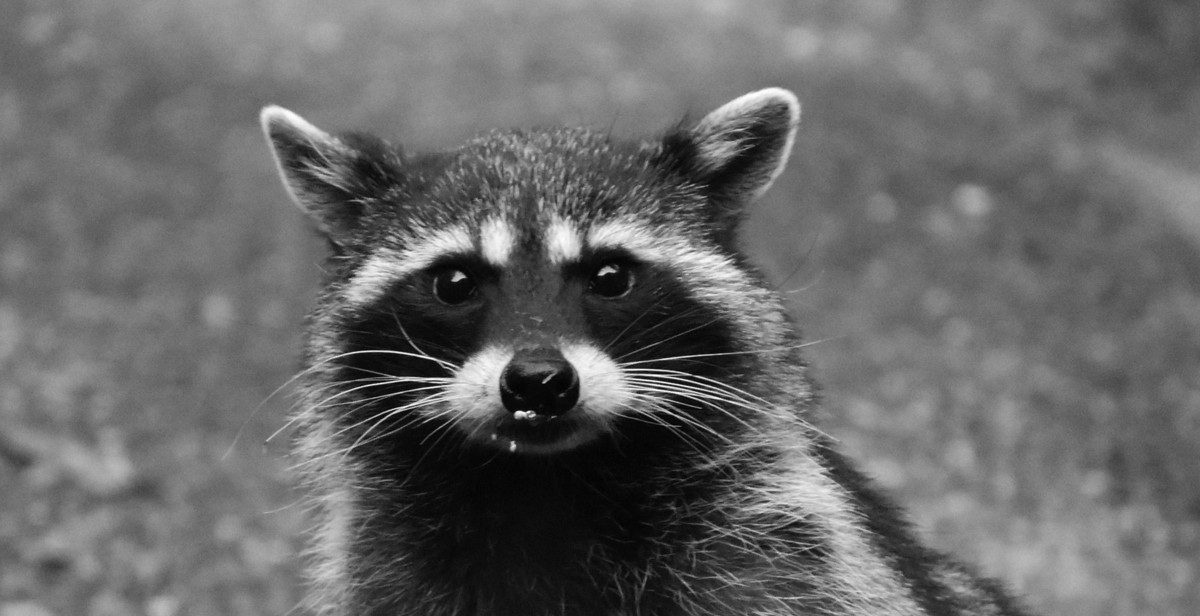
Maintaining Your Wildlife Friendly Garden
Regular Gardening Practices
Once you have created a wildlife-friendly garden, it is important to maintain it properly to ensure the well-being of the wildlife that you have attracted. Regular gardening practices can help create a sustainable and thriving ecosystem in your garden.
- Watering: Provide a water source for the wildlife in your garden by setting up a birdbath, pond, or shallow dish filled with water. Make sure to clean and refill it regularly to prevent the spread of diseases.
- Pruning and Trimming: Regularly prune and trim your plants to maintain their health and shape. This will also help create a diverse habitat for wildlife, providing them with shelter and nesting sites.
- Weeding: Keep your garden free from invasive species and weeds that can harm native plants and disrupt the balance of your ecosystem. Use manual or organic methods of weed control to avoid harming wildlife.
- Fertilizing: Use organic fertilizers or compost to nourish your plants. Avoid using chemical fertilizers that can be harmful to wildlife and the environment.
- Mulching: Apply a layer of mulch around your plants to retain moisture, suppress weeds, and provide insulation to the soil. Use organic mulch such as wood chips or straw that will eventually break down and enrich the soil.
- Composting: Start a compost pile or use a compost bin to recycle kitchen scraps and garden waste. This will not only reduce your waste but also provide nutrient-rich compost for your garden.
Monitoring and Adjusting
Regular monitoring and adjusting of your wildlife-friendly garden will help you maintain a healthy balance and make necessary improvements.
- Observation: Spend time in your garden observing the behavior of wildlife. Take note of any changes or patterns that may require adjustments in your gardening practices.
- Pest Control: Practice integrated pest management techniques to control pests without harming beneficial insects and animals. Use natural pest repellents and encourage natural predators like birds and ladybugs to keep pest populations in check.
- Plant Selection: Continuously assess the plant species in your garden and their suitability for local wildlife. Consider adding more native plants that provide food and shelter for specific wildlife species.
- Creating Habitats: Regularly evaluate and enhance the different habitats in your garden, such as nesting areas for birds, water sources for amphibians, and hiding spots for insects. Make adjustments based on the needs of different wildlife species.
- Record Keeping: Keep a garden journal or log to track the progress of your wildlife-friendly garden. Note any successes, challenges, and changes you make over time.
By following these regular gardening practices and monitoring your wildlife-friendly garden, you can create a thriving and sustainable habitat for a diverse range of wildlife right in your own backyard.
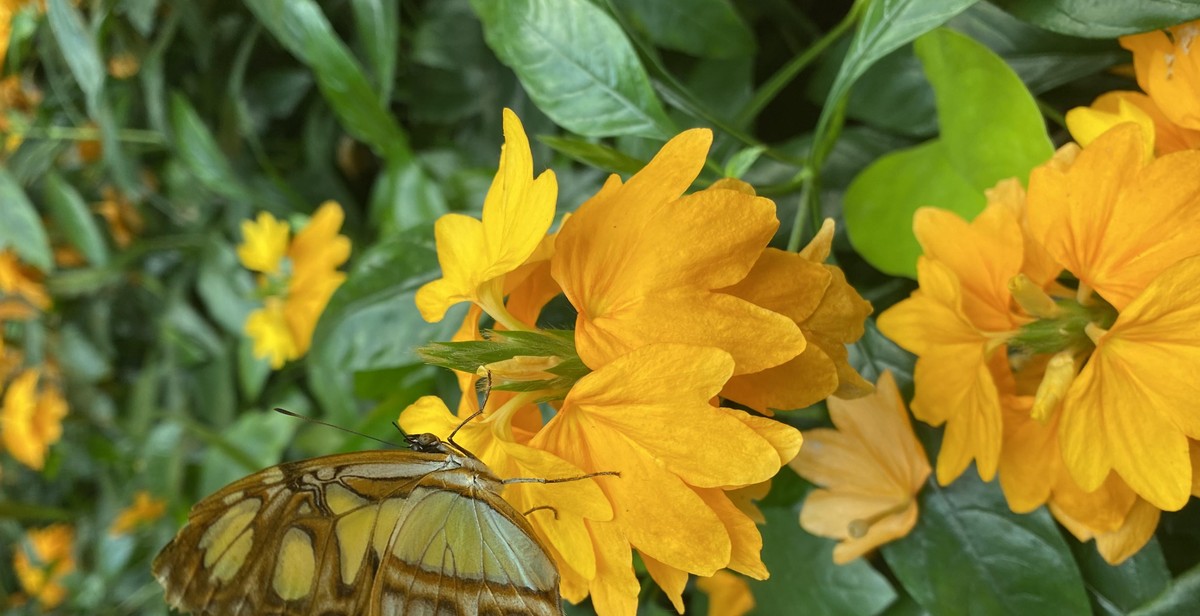
Conclusion
In conclusion, creating a wildlife-friendly garden is not only beneficial for the environment but also for your own enjoyment. By implementing the strategies and tips mentioned in this guide, you can transform your garden into a haven for biodiversity.
Remember to provide food, water, and shelter for various wildlife species by planting a diverse range of native plants, installing bird feeders and bird baths, and incorporating features like log piles and nesting boxes. Avoid using chemical pesticides and opt for natural alternatives to minimize harm to wildlife.
By promoting biodiversity in your garden, you are contributing to the conservation of endangered species and helping to maintain a healthy ecosystem. Additionally, you may witness an increase in the presence of beautiful and interesting creatures such as butterflies, bees, birds, and even small mammals.
Don’t be discouraged if your garden doesn’t become a wildlife hotspot overnight. It takes time for wildlife to discover and inhabit new spaces. Be patient, observe and learn from the changes happening around you, and continue to make adjustments and improvements to enhance the biodiversity in your garden.
Remember, every small effort counts. So, start taking steps today to create a wildlife-friendly garden and make a positive impact on the environment. Not only will you be rewarded with a vibrant and thriving garden, but you will also be contributing to the preservation of our precious natural world for future generations.
